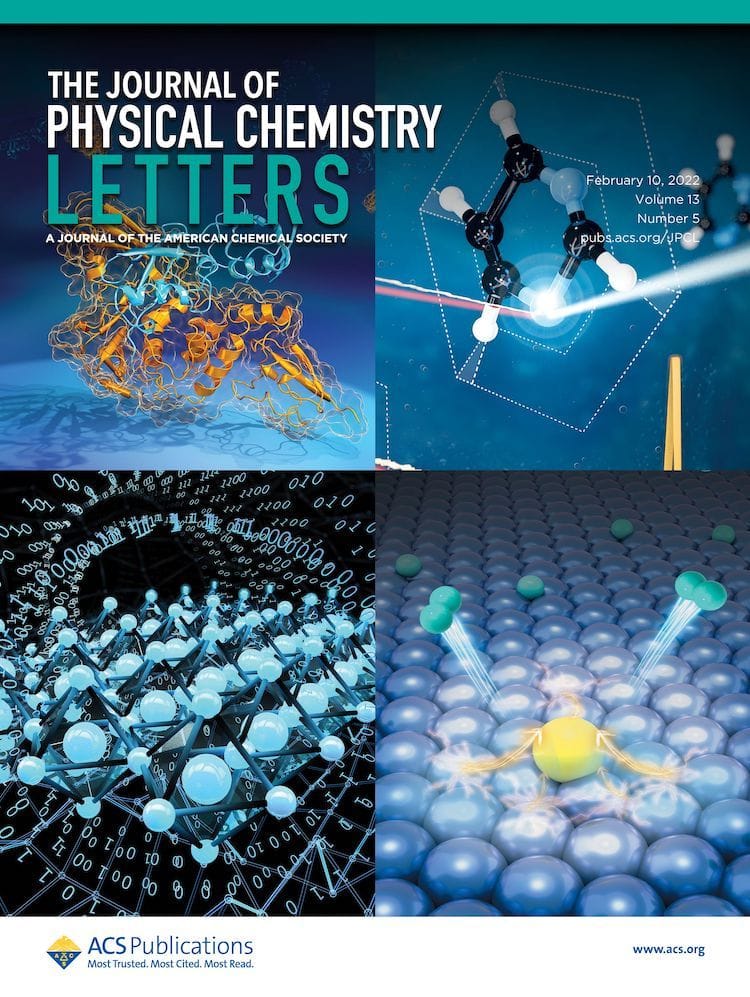Physical chemists, biophysical chemists, chemical physicists, physicists, material scientists, and engineers; think about the last paper you published: How long did it take to receive an editorial decision? Did you have to submit to more than one journal before getting accepted Do you wish you could have gotten your results to the community faster? If […]

Physical chemists, biophysical chemists, chemical physicists, physicists, material scientists, and engineers; think about the last paper you published:
- How long did it take to receive an editorial decision?
- Did you have to submit to more than one journal before getting accepted
- Do you wish you could have gotten your results to the community faster?
If you answered “yes” to this last question, we may have a better option for you.
Publish Fast with JPC L
It takes an average of fewer than 6 weeks from the time a manuscript is submitted to The Journal of Physical Chemistry Letters to the time it’s accepted. That speed to a decision is followed by the article appearing online as an ASAP Article in a matter of days—sometimes just a matter of hours after author proof corrections are returned.
This makes publishing with JPC L the fastest way to get your cutting-edge physical chemistry research to the community.
The community has demonstrated that it values this speed by quickly using JPC L papers to inform their own research. You can see this in the journal’s 2018 Immediacy Index rating of 1.50.
“JPC L editors are committed to providing the highest-quality editing and peer-review as quickly as possible,” says Deputy Editor Gregory D. Scholes. “We’re all researchers and authors in addition to being editors, so we know speed makes a difference.”
Learn more about how to publish fast with JPC L.
5 Featured Perspectives
Perspectives are another way JPC L provides the community with cutting-edge research fast. JPC L Perspectives bring you state-of-the-art research on new and emerging areas of physical chemistry from leading researchers in the field.
Check out these recent Perspectives from JPC L:
Wave-Particle Duality in Complex Quantum Systems
J. Phys. Chem. Lett., 2019, 10 (9), pp 2121-2129
DOI: 10.1021/acs.jpclett.9b00676
***
2D Transition Metal MXene-Based Photocatalysts for Solar Fuel Generation
J. Phys. Chem. Lett., 2019, 10 (12), pp 3488-3494
DOI: 10.1021/acs.jpclett.9b00736
***
Cross-Effect Dynamic Nuclear Polarization Explained: Polarization, Depolarization and Oversaturation
J. Phys. Chem. Lett., 2019, 10 (3), pp 548-558
DOI: 10.1021/acs.jpclett.8b02834
***
Reducing Defects in Halide Perovskite Nanocrystals for Light-Emitting Applications
J. Phys. Chem. Lett., 2019, 10 (10), pp 2629-2640
DOI: 10.1021/acs.jpclett.9b00689
***
Frequency-, Time-, and Wavevector-Resolved Ultrafast Incoherent Diffraction of Noisy X-ray Pulses
J. Phys. Chem. Lett., 2019, 10, (19), pp 5805-5814
DOI: 10.1021/acs.jpclett.9b00924
***
Read more JPC L Perspectives.
2019 is JPC L’s 10th year of publication and the 10th anniversary of the discovery of perovskite photovoltaics—a seminal finding in physical chemistry, materials, and energy research that set off a chain of rapid discoveries and innovations.
“The JPC L team is proud to have been part of the fast-moving field of perovskite research almost from the start. We publish broadly across all areas of physical chemistry, but adapt rapidly to promote papers in new and fast-moving new fields,” says Professor Scholes.
The JPC L team is also excited to continue publishing perovskite research as both the journal and the field move into their second decade. They recently examined the work at the forefront of the field in a Perspective Collection—Perovskites: Energy Conversion and Optical Applications.
